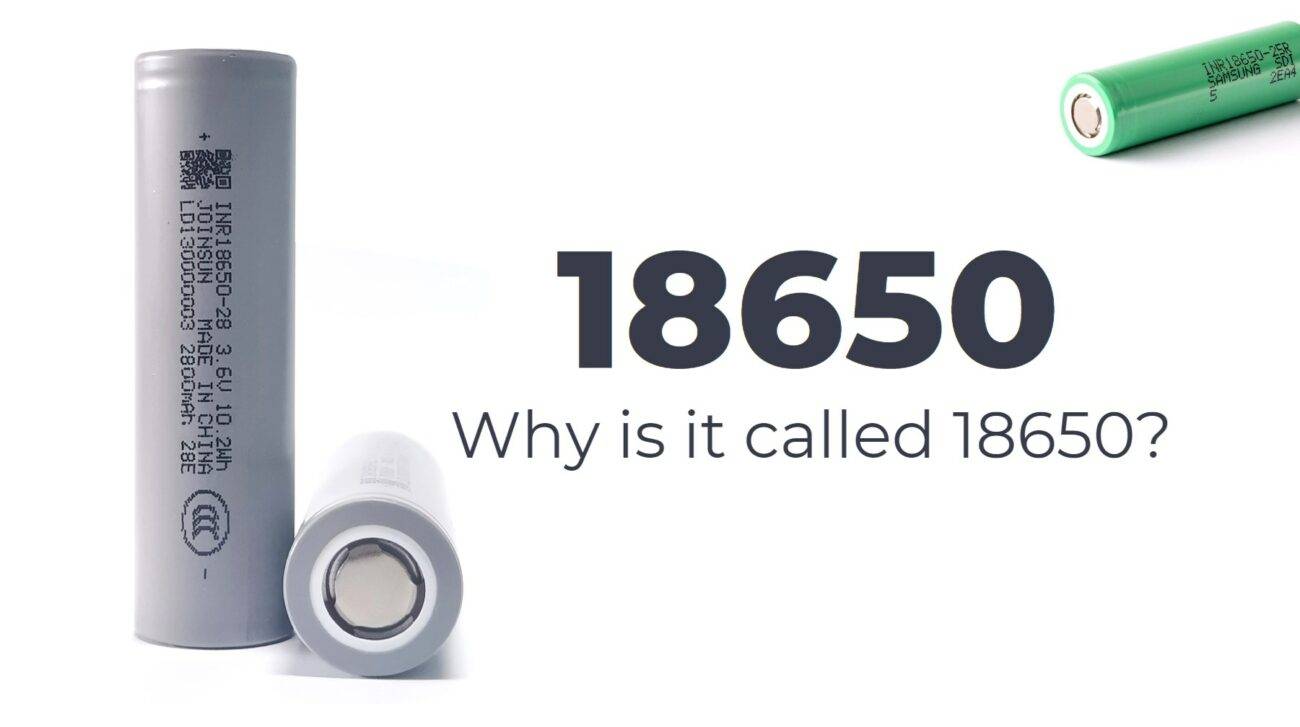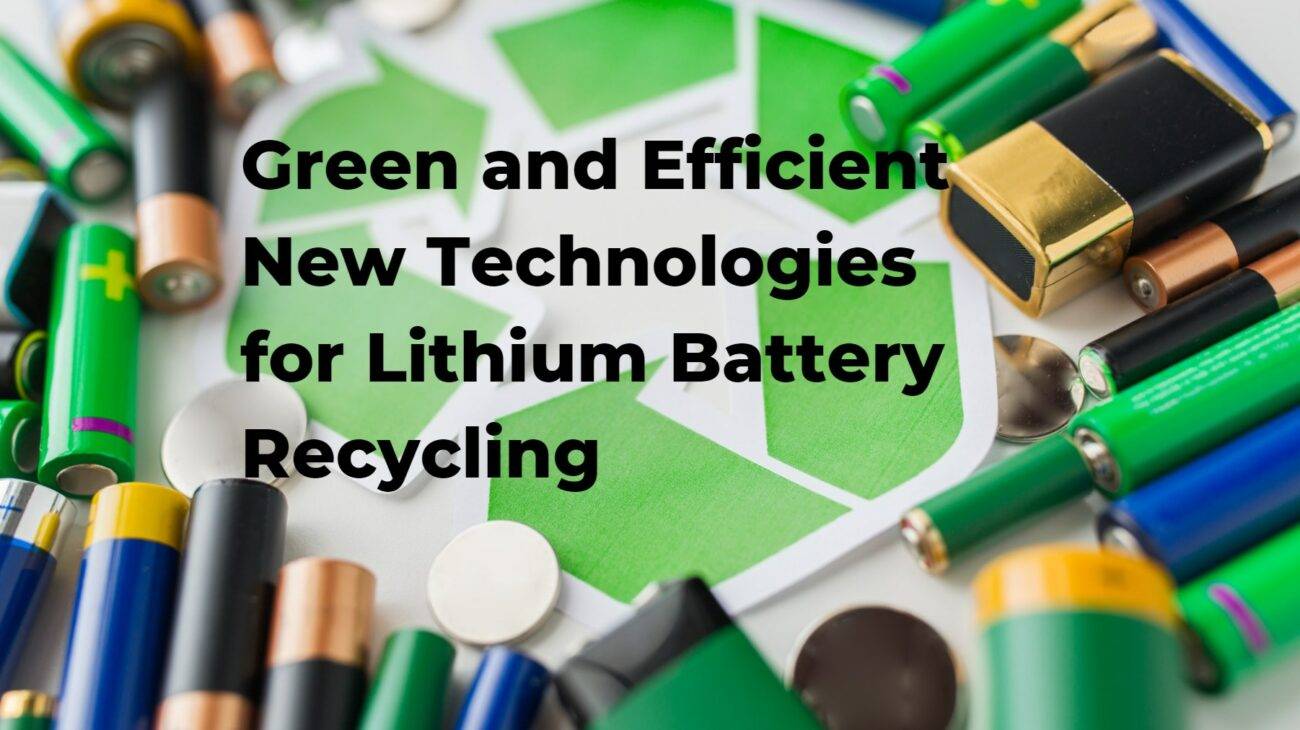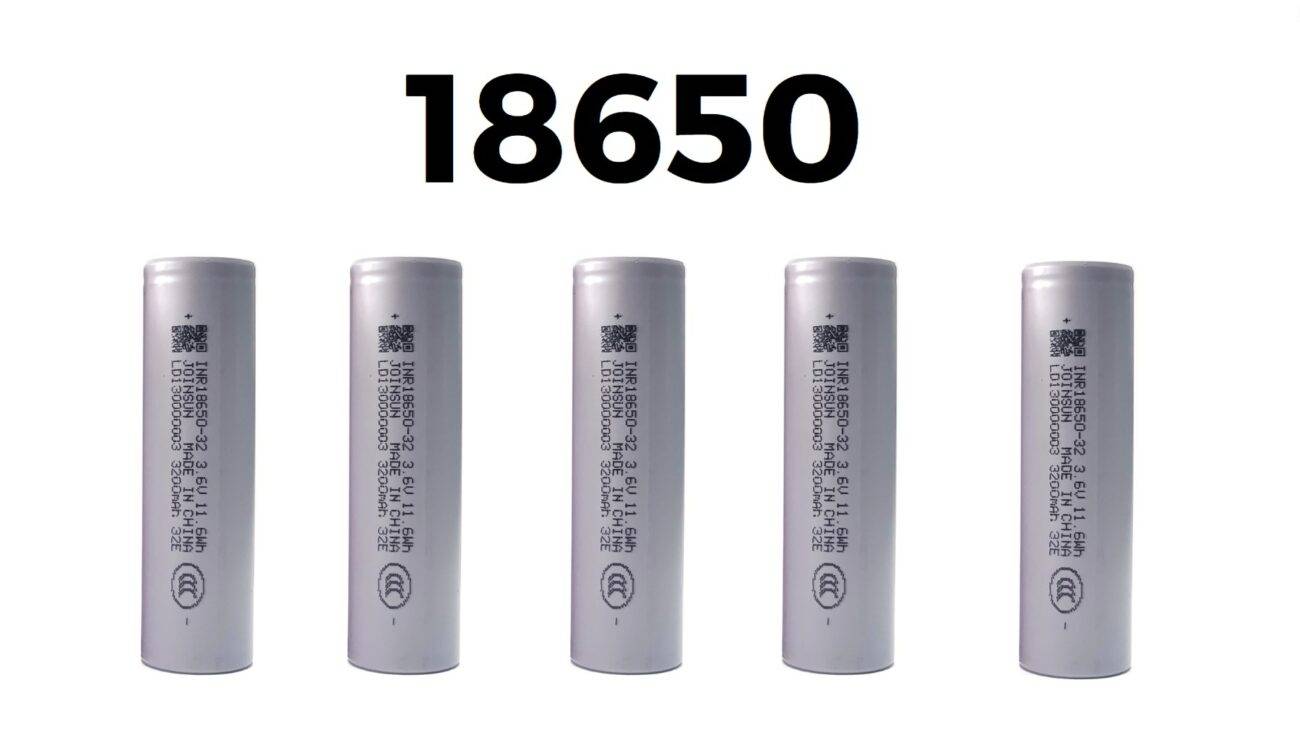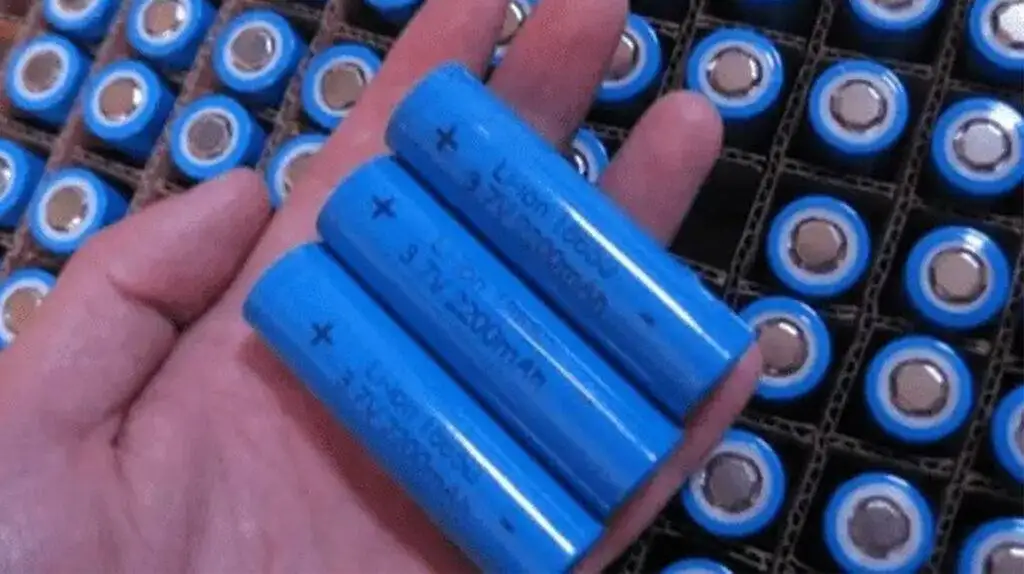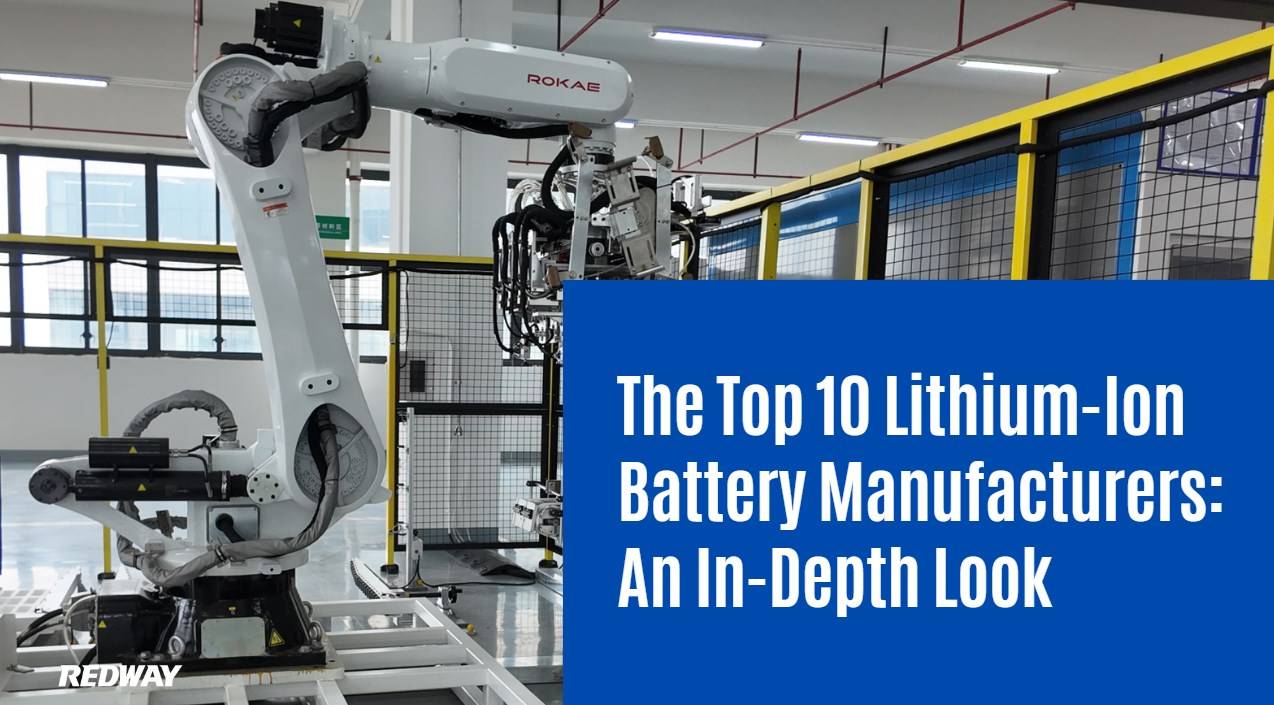The 18650 lithium battery is a cylindrical rechargeable battery widely used in various applications, including electric vehicles, laptops, and power tools. Understanding its specifications, functionality, and applications is essential for anyone looking to utilize or work with these batteries effectively.
What Are 18650 Lithium Batteries and Their Specifications?
The 18650 lithium battery is named for its dimensions: 18 mm in diameter and 65 mm in length. These batteries typically have a nominal voltage of 3.6 to 3.7 volts and come in various capacities ranging from 1800 mAh to over 3500 mAh, depending on the specific chemistry used.
Key Specifications
- Type: Lithium-ion (Li-ion)
- Dimensions: 18 mm x 65 mm
- Nominal Voltage: 3.6V – 3.7V
- Capacity: Typically ranges from 1800 mAh to over 3500 mAh
These specifications make the 18650 battery a versatile choice for many electronic devices.
Chart: Specifications of 18650 Lithium Batteries
| Specification | Value |
|---|---|
| Diameter | 18 mm |
| Length | 65 mm |
| Nominal Voltage | 3.6V – 3.7V |
| Capacity | 1800 mAh – 3500 mAh |
Why Are 18650 Batteries Popular in Various Applications?
The popularity of 18650 batteries stems from their high energy density, long cycle life, and versatility:
- High Energy Density: They can store a significant amount of energy relative to their size.
- Long Cycle Life: Many can endure hundreds of charge cycles before performance degrades.
- Versatility: Used in a wide range of devices from consumer electronics to electric vehicles.
These attributes make them an ideal choice for manufacturers and consumers alike.
Chart: Reasons for Popularity of 18650 Batteries
| Reason | Description |
|---|---|
| High Energy Density | Stores more energy in less space |
| Long Cycle Life | Maintains performance over many charge cycles |
| Versatility | Suitable for various applications |
How Do 18650 Battery Packs Work?
18650 battery packs consist of multiple individual cells connected in series or parallel configurations to achieve desired voltage and capacity:
- Series Configuration: Increases voltage while maintaining capacity.
- Parallel Configuration: Increases capacity while maintaining voltage.
A Battery Management System (BMS) is often included to monitor cell performance, balance charging, and protect against overcharging or discharging.
What Are the Advantages of Using 18650 Battery Packs?
Using battery packs made from 18650 cells offers several advantages:
- Modularity: Easy to replace individual cells without discarding the entire pack.
- Scalability: Can be configured to meet specific voltage and capacity requirements.
- Cost-Effectiveness: Economies of scale in manufacturing lead to lower costs per watt-hour.
These benefits make them a popular choice for both manufacturers and DIY enthusiasts.
Chart: Advantages of Using 18650 Battery Packs
| Advantage | Description |
|---|---|
| Modularity | Individual cells can be replaced easily |
| Scalability | Configurable for specific needs |
| Cost-Effectiveness | Lower costs due to mass production |
What Are the Common Applications for 18650 Battery Packs?
18650 battery packs are widely used across various sectors:
- Consumer Electronics: Found in laptops, e-bikes, and portable power banks.
- Electric Vehicles: Used extensively in electric cars like those produced by Tesla.
- Power Tools: Commonly used in cordless drills and other tools requiring rechargeable batteries.
These applications highlight the versatility and importance of the 18650 format.
Chart: Common Applications of 18650 Battery Packs
| Application | Description |
|---|---|
| Consumer Electronics | Laptops, e-bikes, portable chargers |
| Electric Vehicles | Powering electric cars |
| Power Tools | Used in cordless tools |
How to Safely Use and Maintain 18650 Battery Packs?
To ensure safety and longevity when using 18650 battery packs:
- Use a Compatible Charger: Always use chargers designed for lithium-ion batteries.
- Monitor Temperature: Avoid exposing batteries to extreme temperatures.
- Store Properly: Keep batteries in a cool, dry place away from direct sunlight.
- Regular Checks: Inspect for damage or swelling before use.
Following these guidelines helps prevent accidents and extends battery life.
What Are the Challenges Associated with 18650 Battery Packs?
Despite their advantages, there are challenges related to using and manufacturing these battery packs:
- Safety Risks: Improper handling can lead to overheating or fires.
- Environmental Concerns: Disposal of lithium-ion batteries poses environmental challenges due to hazardous materials.
- Supply Chain Issues: Fluctuations in raw material availability can affect production costs.
Addressing these challenges is essential for sustainable use of lithium-ion technology.
Chart: Challenges Facing 18650 Battery Packs
| Challenge | Description |
|---|---|
| Safety Risks | Potential overheating or fire hazards |
| Environmental Concerns | Issues related to disposal |
| Supply Chain Issues | Fluctuations affecting production costs |
FAQ: Common Questions About 18650 Lithium Battery Packs
Q1: What is the typical lifespan of an 18650 battery?
A1: The lifespan can vary but typically ranges from 300 to over 500 charge cycles depending on usage and care.Q2: Can I use any charger for my 18650 batteries?
A2: No, always use a charger specifically designed for lithium-ion batteries to ensure safety.Q3: How should I store my unused batteries?
A3: Store them in a cool, dry place away from direct sunlight and at about a half charge if not used for extended periods.
Industrial News: Recent Trends in Lithium Battery Technology
Recent trends indicate significant advancements in lithium battery technology, particularly regarding safety features and recycling processes. Companies are increasingly focusing on developing safer chemistries for lithium-ion batteries while enhancing recycling methods to recover valuable materials efficiently. Additionally, innovations such as solid-state batteries are gaining traction as potential successors to traditional lithium-ion technology, promising even greater efficiency and safety.
Redway Expert Insights
“Understanding the intricacies of lithium-ion technology is crucial as we move towards more sustainable energy solutions,” states Dr. Lisa Reynolds, an expert in battery technology. “The versatility of the 18650 format makes it a cornerstone not only in consumer electronics but also in the burgeoning electric vehicle market.”



